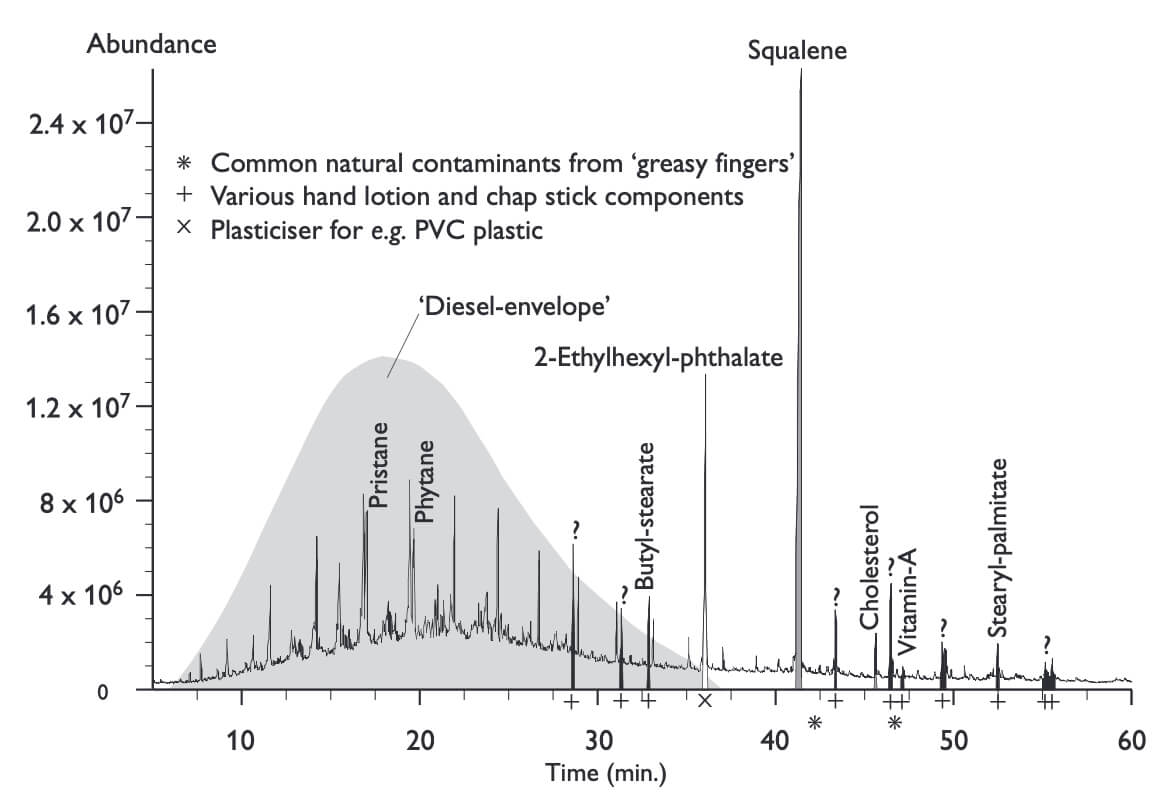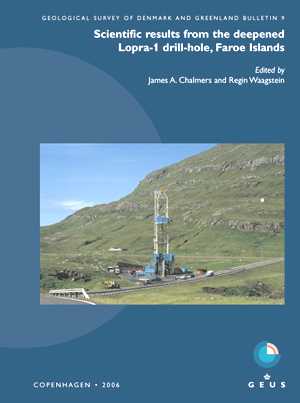
How to Cite
Share
Abstract
The Lopra-1/1A re-entry well was drilled as a stratigraphic test with no immediate exploration objectives. Hence, petroleum geochemical studies were of limited extent, and restricted to non-destructive analyses. The presence of natural petroleum hydrocarbons could not be confirmed with certainty, but hydrocarbons extracted from the hydrochloric acid solute of a calcite vug present in RSWC #1 (3543 m), may represent indigenous petroleum since hydrocarbon-bearing fluid inclusions have been reported from the same sample. These hydrocarbons show some similarities to petroleum generated from the Upper Jurassic – Lower Cretaceous Kimmeridge Clay type source rocks present in surrounding areas. Except for this sample, the results generally show the presence of a variety of contaminants of different origins such as ‘naturally greasy fingers’ (squalene and cholesterol), cosmetics such as chap stick or hand lotion (e.g. esters such as butyl-stearate, stearyl-palmitate, vitamin A), plasticisers (phthalates), diesel oil and ‘pipe dope’.
How to Cite
Share
Downloads
Editors: James A. Chalmers and Regin Waagstein
The Faroe Islands in the northern North Altantic consist primarily of Palaeogene eruptive volcanic rocks. Two research boreholes were drilled in 1980 and 1981 on the islands, the deeper of which, Lopra-1, extended 2 km into the unexposed part of the volcanic succession.
Exploration for [...]










